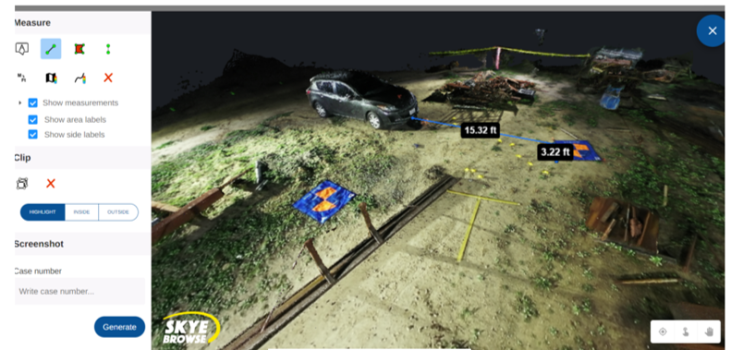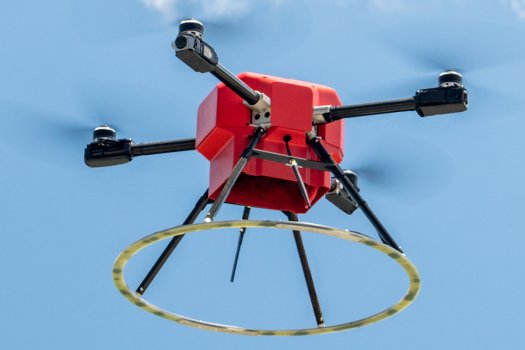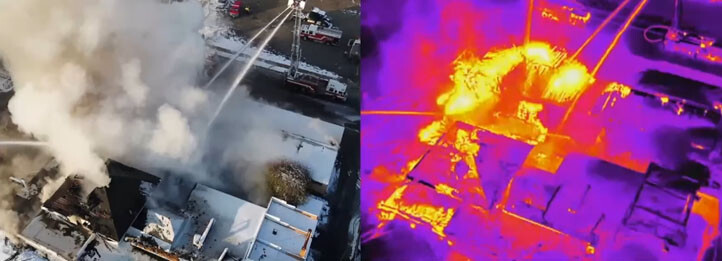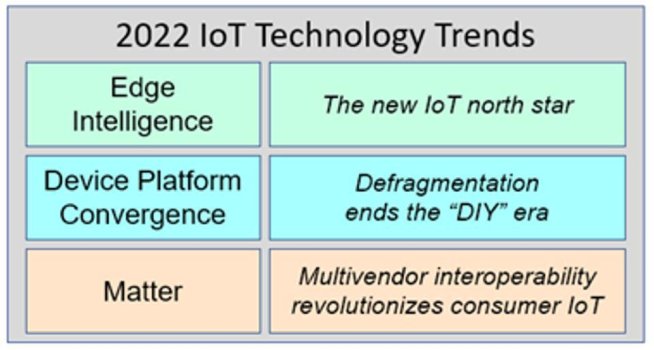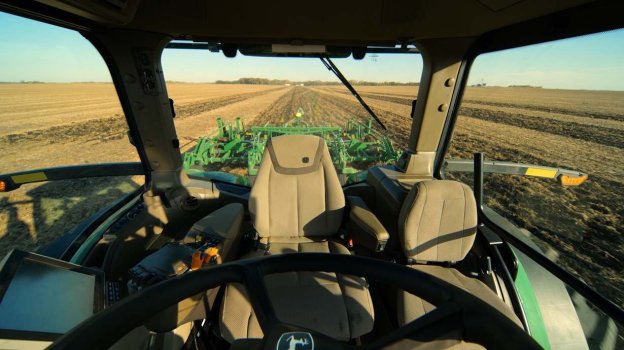Missouri: House debates bill that would ban drones from filming personal property
- Technology Solutions
- 0 Replies
A bill that would make it illegal for drones to film and photograph a person or their private property was debated for nearly two hours in the House on Tuesday.
House Bill 1619 sponsored by Rep. Dean Van Schoiack, R-Savannah, would expand private property rights by forbidding people from using drones to “photograph, film, videotape, create an image, or livestream another person or personal property of another person.”
“People can’t just walk over your fence, and they can’t just willy-nilly walk across your backyard for no good reason,” Van Schoiack said. “So the drone bill came up as an idea of mine to further the property rights for the people.”
People could be charged with misdemeanors for taking images with drones and felonies for distributing them.
The bill was met with pushback from other lawmakers. Rep. Michael Burton, D-Lakeshire, argued against the bill on the floor because he said it was unenforceable due to federal law.
“Congress has provided the FAA with exclusive authority to regulate aviation safety, the efficiency of the navigable airspace, and air traffic control, among other things,” Burton quoted from a Federal Aviation Administration statement. “State and local governments are not permitted to regulate any type of aircraft operations.”
Federal airspace law establishes that individuals cannot privately own airspace, according to a guide from the National Association of Mutual Insurance Companies. All airspace above the ground is regulated by the Federal Aviation Administration.
In general, civil drone pilots typically fly drones from the surface level to a maximum of 400 feet. According to the FAA, this fits into public airspace. Any unmanned aircraft higher than that altitude must follow the laws and regulations of air traffic control depending on the location of where the remote pilots are flying their unmanned aircraft.
Continue reading: https://www.columbiamissourian.com/news/state_news/house-debates-bill-that-would-ban-drones-from-filming-personal-property/article_e559b208-99a1-11ec-ba09-cbeea5bcbcaf.html
House Bill 1619 sponsored by Rep. Dean Van Schoiack, R-Savannah, would expand private property rights by forbidding people from using drones to “photograph, film, videotape, create an image, or livestream another person or personal property of another person.”
“People can’t just walk over your fence, and they can’t just willy-nilly walk across your backyard for no good reason,” Van Schoiack said. “So the drone bill came up as an idea of mine to further the property rights for the people.”
People could be charged with misdemeanors for taking images with drones and felonies for distributing them.
The bill was met with pushback from other lawmakers. Rep. Michael Burton, D-Lakeshire, argued against the bill on the floor because he said it was unenforceable due to federal law.
“Congress has provided the FAA with exclusive authority to regulate aviation safety, the efficiency of the navigable airspace, and air traffic control, among other things,” Burton quoted from a Federal Aviation Administration statement. “State and local governments are not permitted to regulate any type of aircraft operations.”
Federal airspace law establishes that individuals cannot privately own airspace, according to a guide from the National Association of Mutual Insurance Companies. All airspace above the ground is regulated by the Federal Aviation Administration.
In general, civil drone pilots typically fly drones from the surface level to a maximum of 400 feet. According to the FAA, this fits into public airspace. Any unmanned aircraft higher than that altitude must follow the laws and regulations of air traffic control depending on the location of where the remote pilots are flying their unmanned aircraft.
Continue reading: https://www.columbiamissourian.com/news/state_news/house-debates-bill-that-would-ban-drones-from-filming-personal-property/article_e559b208-99a1-11ec-ba09-cbeea5bcbcaf.html


